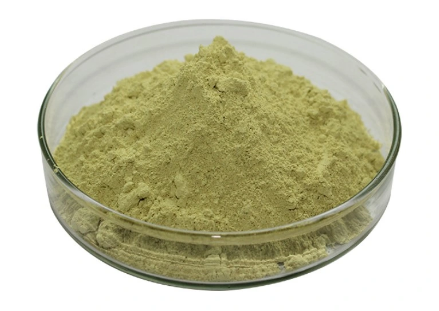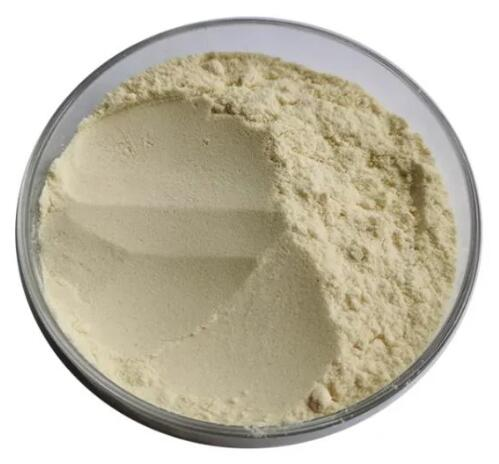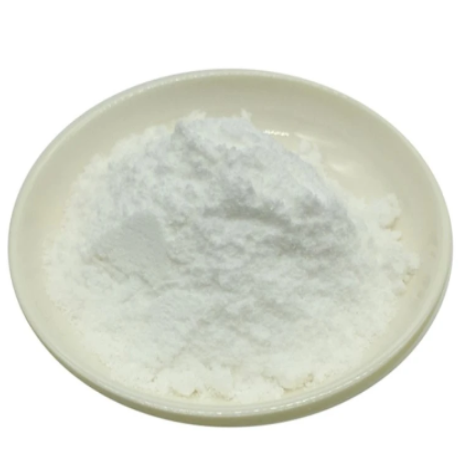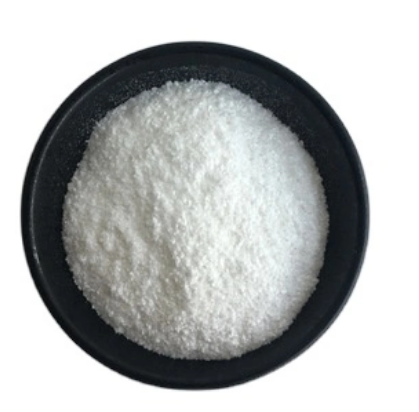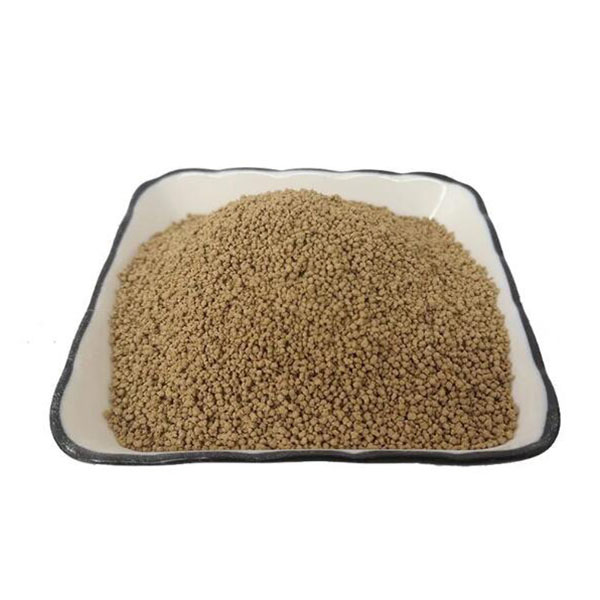L-Histidine CAS:71-00-1 Manufacturer Price
L-Histidine feed grade is widely used in animal nutrition due to its essential role as an amino acid in protein synthesis and various metabolic processes. Here are some of the effects and applications of L-Histidine feed grade:
Growth and development: L-Histidine is vital for the growth and development of young animals. It supports tissue repair, helping to ensure healthy muscle and bone development.
Protein synthesis: L-Histidine is involved in the synthesis of proteins, which are essential for numerous biological functions in animals. By providing an adequate supply of L-Histidine, animals can efficiently utilize dietary proteins and produce high-quality muscle tissue.
Immune function: L-Histidine is known to play a role in immune function. It is involved in the production of histamine and other immune system components, which help regulate inflammatory responses and protect against pathogens.
Neurotransmitter regulation: L-Histidine is a precursor to histamine, an important neurotransmitter involved in various physiological processes, including appetite regulation, sleep-wake cycles, and cognitive function.
Acid-base balance: L-Histidine is a fundamental component in maintaining the acid-base balance in the body. It helps regulate pH levels, ensuring proper functioning of vital organs and metabolic processes.
Applying L-Histidine to animal feed helps meet the animal's dietary requirements for this essential amino acid, promoting optimal growth, immune function, muscle development, and overall health. It is commonly used in the feed industry for various animal species, including poultry, livestock, and aquaculture. The specific dosage and application methods depend on factors such as the animal's age, weight, species, and nutritional needs.



| Composition | C6H9N3O2 |
| Assay | 99% |
| Appearance | White Powder |
| CAS No. | 71-00-1 |
| Packing | 25KG 500KG |
| Shelf Life | 2 years |
| Storage | Store in cool and dry area |




